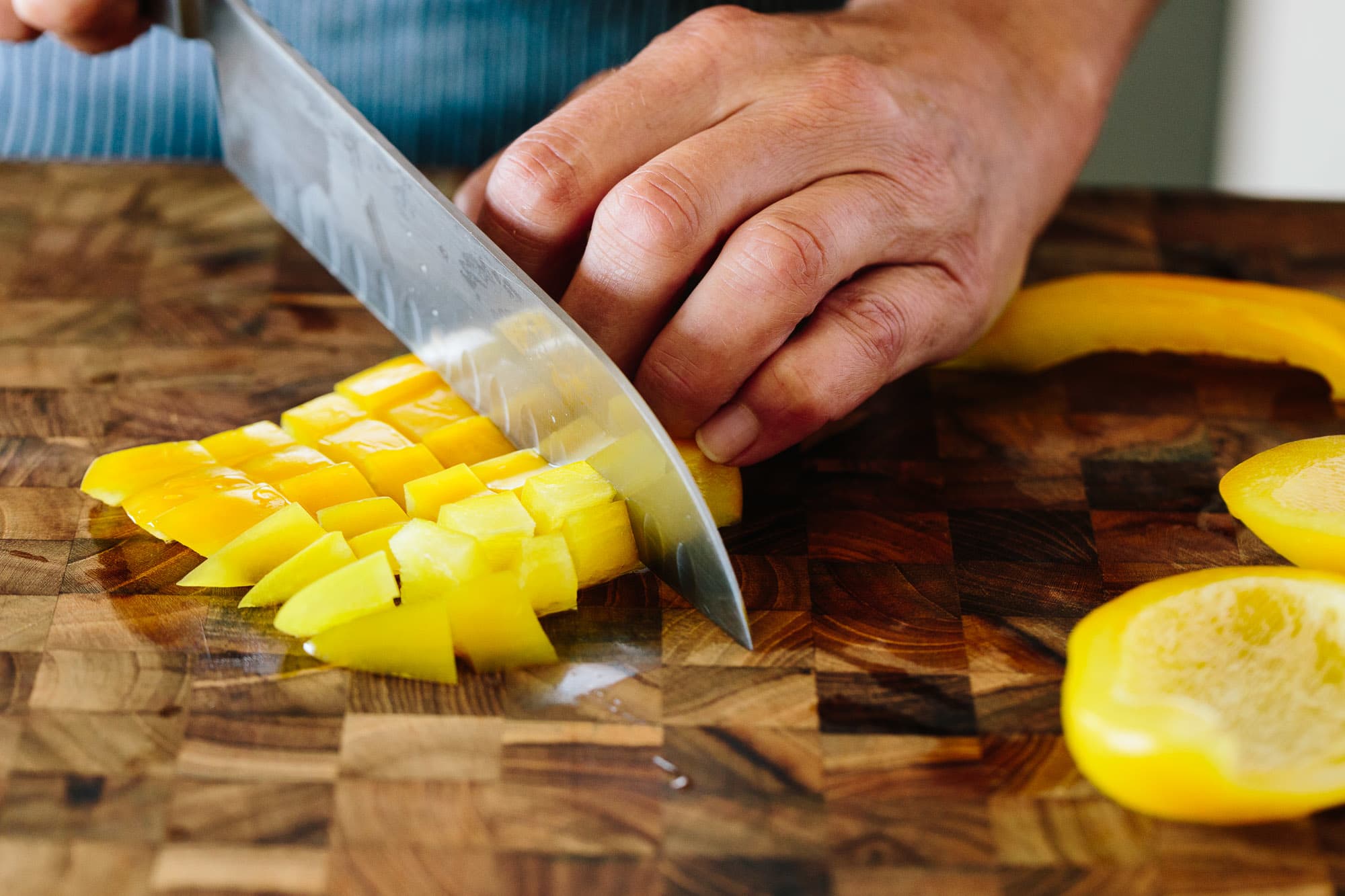Understanding when cutting boards require a thorough cleaning is crucial for kitchen professionals. This is especially true for boards used to cut vegetables, such as cabbage. In this article, we will discuss various scenarios where cleaning your cutting board is not just a suggestion, but a necessary practice to maintain food safety and quality.
Cutting boards have become an essential tool in every kitchen, whether it be domestic or professional. When prepping cabbage for dishes like coleslaw or stir-fry, it is important to know when the cutting board should be cleaned to avoid cross-contamination. Let's dive deeper into the circumstances that necessitate cleaning your cutting board.

Understanding the Importance of Cleanliness
Kitchen professionals understand that food safety is paramount. Cleanliness not only prevents foodborne illnesses, but it also upholds the quality of food you serve. A dirty cutting board can harbor harmful bacteria, especially if it has been used for raw meats and then for vegetables like cabbage.
When to Clean a Cutting Board
Here are some key instances when your cutting board used to cut cabbage needs to be cleaned:
- After Each Use: Cooking frequently means your cutting board should be cleaned thoroughly after each use, particularly when switching from ingredients like raw meat to vegetables.
- Visible Food Residues: If you see any residue or particles remaining on your cutting board after cutting cabbage, its essential to clean it right away.
- Before Cutting Another Food Item: If you plan to prepare another food item after cutting cabbage, ensure your cutting board is cleaned first to prevent cross-contamination.
- Different Colors for Different Foods: Consider using color-coded cutting boards for different types of food to reduce risks. For example, you may use one board for vegetables and another for meats. Learn more about this in color coding.
Recommended Cleaning Procedures
To effectively clean your cutting board, follow these guidelines:
- Soap and Water: A simple solution of hot, soapy water is usually sufficient. Scrub the board thoroughly and rinse with clean water.
- Disinfect: After washing, consider using a disinfectant solution to kill bacteria. For a natural option, a mixture of vinegar and baking soda works wonders.
- Sanitizing Specific Areas: Pay extra attention to grooves and cuts that result from chopping. These areas can harbor bacteria.
- Drying: Once cleaned, dry the cutting board immediately with a clean towel. Moisture can lead to molding and degrading the surface. For drying tips, visit drying techniques.
Types of Cutting Boards and Their Maintenance
Different materials require different treatments when cleaning. Heres a brief overview:
- Wooden Cutting Boards: While they are aesthetically pleasing and great for durability, they require special care. Avoid soaking and use mineral oil regularly to prevent cracking. For sealing, check out sealing techniques.
- Plastic Cutting Boards: These are often dishwasher-safe, making them easier to clean. However, they can get deep knife marks, which may trap bacteria.
- Composite Boards: These hybrids are easier to maintain than wood yet offer a similar feel. Follow the same cleaning routines recommended for wooden boards.
Consequences of Neglecting Cutting Board Cleaning
Failing to clean your cutting board can lead to serious repercussions:
- Foodborne Illness: Not cleaning adequately can lead to cross-contamination, ultimately resulting in food poisoning.
- Compromised Flavor: Old food particles can affect the taste of fresh ingredients like cabbage.
- Pest Infestation: A neglected cutting board can attract pests, ruining your workspace.

Frequently Asked Questions
1. How often should I clean my cutting board?
It is recommended to clean your cutting board after each use, especially before switching between raw meats and fresh vegetables.
2. Can I use the same cutting board for cabbage and meat?
While possible, it is best practice to use separate cutting boards for meat and vegetables to avoid cross-contamination.
3. What is the best way to sanitize a wooden cutting board?
Use a mixture of vinegar and baking soda or commercial sanitizing solutions. Always ensure it is dried properly after cleaning.
As an Amazon Associate, I earn from qualifying purchases.


























